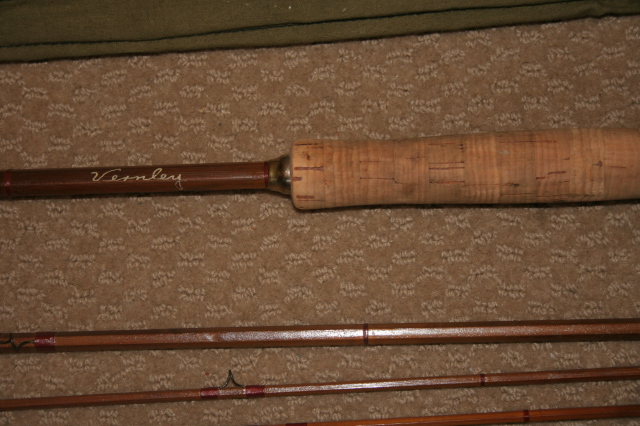There's a lot of hogwash going around about sensitivity in fishing, with almost every manufacturer claiming that his rod or line is more sensitive than the next guy's. None of the ads explain what sensitivity is, however.
First, know this: Sensitivity in fishing exists only in your fingertips. That's where you feel— or don't feel—the bumps and thumps of your lure's encounters with underwater objects such as rocks or fish. A fishing rod is an inanimate object that has no inherent sensitivity in spite of what the ads say. The same is true of fishing line. While some kinds of tackle might enhance your ability to feel things, they don't create it.
Sensitivity is a learned fishing skill. Understanding a few mechanics can help you better feel what's happening at the end of your line. Then you'll be able to adapt your tackle to fine-tune those senses.
SENSE THE TENSION
Suppose you're deep-drifting a jig for big-river walleyes. You can feel sharp, abrupt ticks on the line when the lure bounces off rocks. As the jig drifts into some weeds, you feel a slow, mushy pull while it slows and stops. After you snap the rod tip to free the jig, the drift continues. Then you feel a quick tap-tap in the line, softer than a rock but not mushy like the weeds. It's a walleye, and you set the hook.
Whether it's a plastic worm or a nymph on the end of your line, changes in tension are telegraphed to your fingertips. When a lure bounces off an underwater rock, an abrupt change in line tension occurs, which translates as a tick. A weedy encounter causes a slower increase in line tension, giving a mushy feeling. A biting fish, on the other hand, transmits a faint tug-tug that feels unlike anything else.
With practice, your ability to decode and interpret those underwater messages will become like a sixth sense that will help you catch more fish.
TUNE YOUR TACKLE
Those tap-tapping signals that come up your line are transferred through the guides to the rod blank. From there, they must then go through the grip to your hand. Each step diminishes your ability to feel. To counter this, a right-hander should keep his left fingers on the line as he reels. Do this by palming your baitcasting reel or holding the line in your left hand.
Otherwise, you can make three changes to maximize the sensitivity of your rod and reel:
• USE THE LIGHTEST GEAR POSSIBLE that's still strong enough for your particular fishing (see sidebar). As overall tackle weight increases, so does its dampening effect. Lighter-weight rods and reels give a better feel because they don't reduce vibrations as much.
• SWITCH TO LOW-STRETCH LINE. Stretchy line such as nylon monofilament absorbs abrupt changes in line tension—the kinds of changes you need to feel. Low-stretch superbraids, on the other hand, enhance sensitivity substantially.
• BUY A PREMIUM REEL. Rough-running—read cheap—reels bump and grind as you crank. This can mask the sensations you want to obtain through the line. Better reels are vibration-free.
High-tech casting and spinning rods are now lighter than ever, albeit at a price. Whether or not that improvement in feel is worth the hefty price tag is up to you.
TACKLE THAT'S BARELY THERE
Because lightweight gear helps us gain the sensitivity needed to detect light-biting fish, we must find a balance between tackle strength and overall weight. Shimano's Chronarch Mg baitcasting reel ($250; shimano.com), for example, has a light but strong magnesium frame that keeps the reel's weight at just under 6 ounces. Loomis, meanwhile, offers GLX-graphite bass and walleye rods that are light but strong. At 6 feet 8 inches, the BCR803 casting rod ($350; gloomis.com) handles 3/8-ounce jigs and 14-pound-test line and still feels very light. —JOHN MERWIN
Maintain Your Fitness And Strength With Basketball Training Exercises In Houston

Vernley Bamboo(?) Fly Fishing Rod

Fishing Articles : EVOLVE抯 DarkStar Swimmer

Copyright © www.mycheapnfljerseys.com Outdoor sports All Rights Reserved